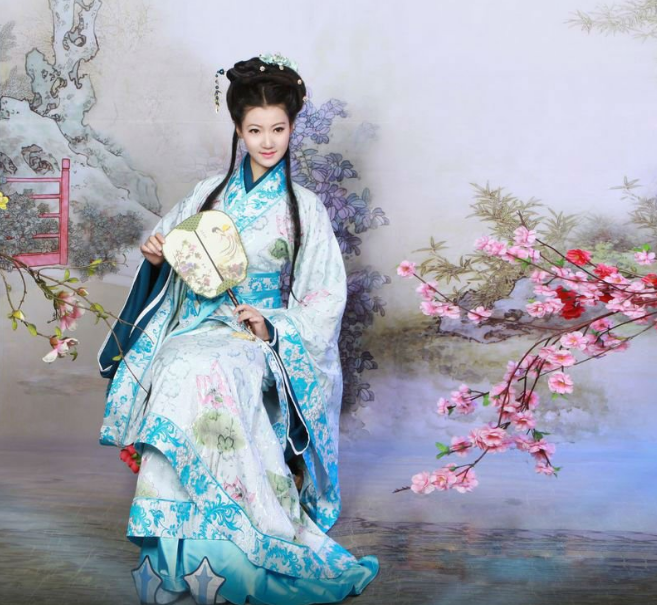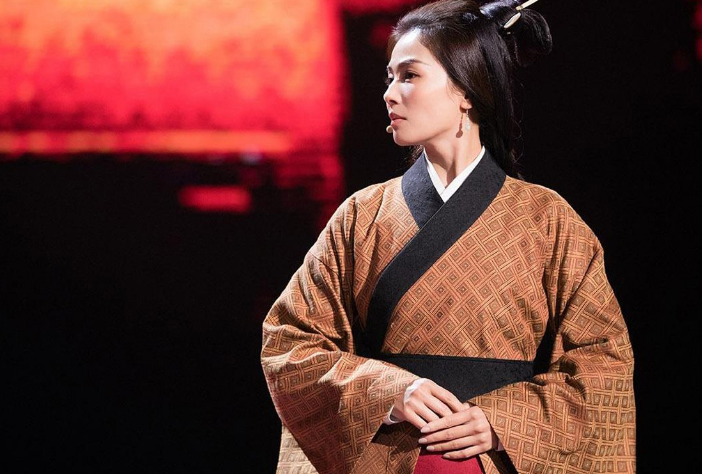Historical Context of Shang Dynasty Attire
Overview of the Shang Dynasty Era
The Shang Dynasty marks a remarkable era in Chinese history, known as the Bronze Age, spanning from around 1600 BCE to 1046 BCE. During this time, China saw significant advancements in metallurgy, which directly influenced the fashion of the period. The era stands out for its contribution to Chinese culture, particularly in the development of writing and a stratified social structure, which directly reflected in the attire people wore.
Significance of Clothing in Shang Society
Clothing in Shang society served more than just the purpose of protection against the elements; it was a clear indicator of social status and position. The intricacy of garments, along with the quality of materials, was indicative of a person’s rank. High-ranking officials and royalty often wore elaborately decorated clothes with intricate designs. Commoners had simpler clothing, marking a distinct division in social classes.

Key aspects of the attire often included a combination of silk, which was highly prized, and hemp fabrics, showcasing the material expertise of the time. Colors also played a crucial role, with certain hues designated for specific ranks. This color-coding was strictly adhered to and became more complex over time. Jewelry, made from jade and bronze, was common among the elite, while commoners had accessories made from less expensive materials.
The clothing and accessories from this era also display an immense attention to detail and craftsmanship. Garments often featured motifs of dragons and phoenixes, symbols of power and good fortune. Archeological discoveries, such as the tomb of Lady Fu Hao, unearthed garments and jewelry that offered insights into the clothing styles of the Shang Dynasty. Here, the discovery confirmed the use of jade in accessories, which historians consider a sign of nobility.
The efficiency in the design of Shang Dynasty clothing was such that it allowed for ease of movement in a society that valued martial skills. Armor, for example, combined protection with flexibility. The cost of such attire, especially when it featured ornamental jade or intricate bronze work, was substantial, reflecting the resources and labor invested in creating these pieces.
Materials and Fabrication Techniques
Textiles Used in Garment Making
Artisans of the Shang Dynasty utilized a variety of textiles, with silk reigning supreme due to its luxurious feel and high status. Silk production required a detailed process of sericulture, which was an art in itself, closely guarded for centuries. The quality of silk was paramount, often dictating the value of the garment. Hemp was the textile of choice for the masses due to its durability and lower cost.
Methods of Dyeing and Decoration
Dyeing techniques of the era involved natural dyes extracted from plants and minerals, resulting in vibrant colors. Red, obtained from the madder plant, and indigo, sourced from indigofera tinctoria, were prevalent. Decoration techniques included embroidery with silk threads and stamping, methods that displayed not only the artisan’s skill but also the wearer’s wealth. The speed of dyeing and decoration processes varied, but meticulous attention to detail was a constant, affecting the overall time required to produce a garment.
Craftsmen could spend several months to produce a single piece of clothing, depending on the complexity and the decoration detail. This extended production time significantly increased the garment’s cost, making finely decorated pieces a luxury only the wealthy could afford. It’s worth noting that the intricate nature of these techniques often meant that only a few pieces were made annually, adding to their exclusivity and value.
Royal and Aristocratic Dress
Garments for the Shang Royalty
Shang Dynasty royalty donned garments that showcased their supreme status and power. The kings and their consorts wore robes made from the finest silk, often in bright colors that stood out at public events and ceremonies. Emblems of dragons, which were symbols of imperial authority, often adorned these robes. These robes not only exhibited luxury but also were a tool for displaying political might and divine right.
Jewelry and Accessories for the Elite
The elite complemented their attire with elaborate jewelry and accessories. Headdresses studded with jade and intricate carvings of mythical beasts signified high rank and were common in the royal court. They also wore belts made of bronze, which were both functional and ornamental. These items not only had aesthetic value but also served as status symbols, indicating the wearer’s lofty position within the social hierarchy.
The cost of such jewelry was significant, reflecting both the materials used and the craftsmanship involved. For instance, a jade ornament could take a craftsman several weeks to complete, increasing its value substantially. These accessories were often bespoke, tailored to the precise dimensions and specifications of the wearer, thus enhancing their exclusivity and prestige.
Clothing of the Common People
Everyday Attire for Men and Women
Men and women in the Shang Dynasty wore tunics and skirts made primarily from hemp, as silk was reserved for the elite. Men’s tunics were short and tied at the waist, while women wore longer versions. These clothes needed to be practical, durable, and suitable for labor, which dictated their simple design and lower material quality.
Seasonal and Occupational Dress Variations
Seasonal changes necessitated variations in attire. During colder months, commoners layered their clothes and used animal skins for added warmth. Occupations also influenced dress; farmers wore looser clothing for flexibility, while craftsmen might wear more fitted garments to avoid accidents. The cost of clothing for commoners was significantly lower than that of the aristocracy, but still represented a considerable part of their modest budget. Quality and longevity were essential, as common people could not frequently afford new garments.
Military and Ceremonial Attire
Armor and Battle Dress
The Shang Dynasty warriors wore armor that balanced protection with agility. These were not merely battle outfits; they represented status and skill on the battlefield. Armor made from leather and bronze provided defense while allowing for the speed necessary in combat. The dimensions of the armor were crucial, tailored to fit the warrior precisely, ensuring that the weight did not impede their effectiveness in battle.
Garments for Religious and State Ceremonies
For religious and state ceremonies, officials wore robes that were as much about protocol as they were about prestige. Silk robes in ceremonies often featured specific patterns that had symbolic meanings, like longevity or good fortune. The value of these garments was high due to the quality of silk and the time invested in their creation. The cost of a ceremonial garment could equal the annual income of several average households, signifying the economic disparity of the time.

State ceremonies required precise attire, often dictated by tradition and the event’s significance. Such ceremonial clothing not only reflected the solemnity of the occasion but also reinforced the social order. It took artisans many months to complete a single set, with an attention to quality that made these garments last for generations, becoming heirlooms and treasures of the state.
Influence and Legacy of Shang Dynasty Fashion
Preservation and Archaeological Discoveries
The meticulous preservation of clothing in tombs has allowed for significant archaeological discoveries, such as the tomb of Lady Fu Hao, where numerous artifacts were found. These findings offer a glimpse into the Shang Dynasty’s life, revealing the sophistication of their textile industry. Archeologists have unearthed garments that reflect the high quality of silk production and the complexity of ancient dyeing techniques.
Impact on Later Chinese Clothing Styles
Shang Dynasty fashion had a profound impact on subsequent Chinese clothing styles. The use of silk, the preference for certain colors, and the hierarchical use of garments continued for centuries. Imperial dragon robes of later dynasties, for instance, can trace their origins back to Shang’s emblematic designs. These styles, passed down and evolved, still influence traditional Chinese dress, with elements like silk brocade and jade jewelry remaining luxurious and culturally significant.
The legacy of Shang’s sartorial elegance extends beyond aesthetics, encapsulating social values and technological prowess. The lifetime of these garments and styles speaks to the enduring nature of Shang Dynasty craftsmanship, cementing its place in the annals of fashion history. The value of Shang attire in today’s terms would be considerable, reflecting its timeless appeal and historical importance.